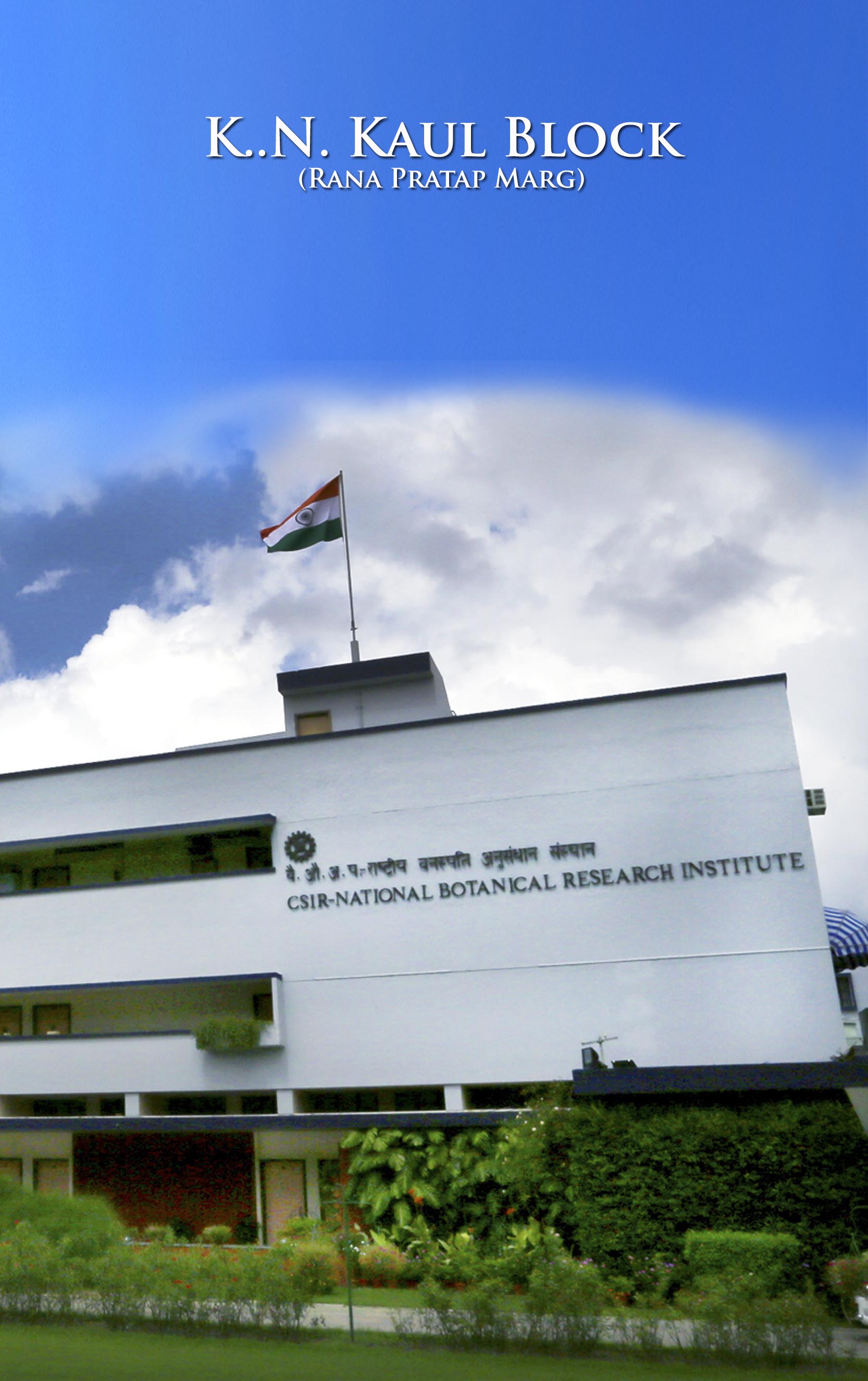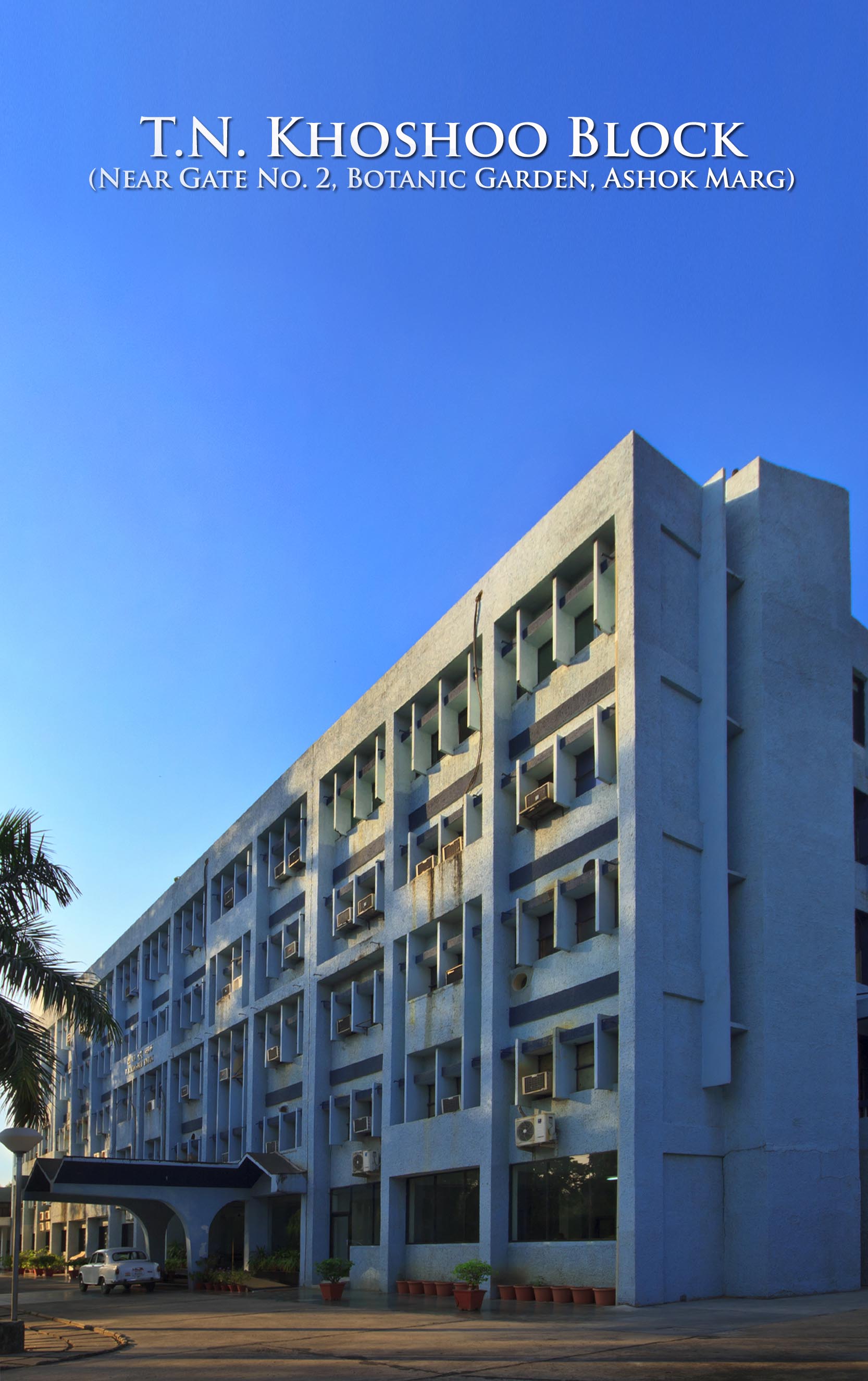
Director: Significant Contributions
Prof. S.K. Barik, Director
Significant Contributions
Prof. S.K. Barik has made outstanding contribution to our understanding of plant diversity, conservation biology and forest ecosystems of northeast India. Through extensive field studies and quantitative data, he has established that plant diversity, and tree population structure and regeneration in subtropical humid forest are negatively correlated with disturbance. He elucidated the relationship between tree diversity and ecosystem function, and established the role of different functional groups of plants in ecosystem processes through experimental evidences. His pioneering studies on plant metapopulations and their dynamics are unique contribution to population ecology and conservation biology. Using ecological niche models he has discovered several threatened species and introduced them in suitable habitats. He has developed an integrated protocol for conservation of threatened species and piloted it for 100 threatened plants involving 37 institutions across India. His researches on ecosystem-level carbon sequestration using species-specific biomass models have implications for climate change studies. Prof. Barik’s research has both fundamental as well as applied value and has been widely cited by contemporary ecologists and conservation biologists. His research on value addition of turmeric,and utilization of several lesser-known plants of India for nutraceutical and medicinal purposes has high industrial and societal values.
Contribution to Biodiversity Science
- Conceptualized and successfully demonstrated through an all-India coordinated mega project of DBT (as National Coordinator with 37 partner institutions throughout the country), the conservation/recovery success of 100 threatened plant species in different parts of the country. By taking an integrated approach to conservation such as application of Ecological Niche Modelling and metapopulation models, resolving taxonomic conflicts/establishing correct taxonomic identity, molecular profiling, assessing genetic diversity, phytochemical profiling, overcoming reproductive bottlenecks, establishing field germplasm banks, and developing micro/macro-propagation protocols helped the species to improve their conservation status in the wild. Many Critically Endangered species, e.g. Ormosiarobusta left with a single individual, have now been successfully conserved. A special section of Current Science (10 February, 2018 volume 114) with 12 articles on threatened plant species conservation was edited by Prof. S.K. Barik.
- Explained the rich species diversity in sub-tropical forest ecosystems based on niche segregation and existence of distinct regeneration guilds during gap-phase regeneration.
- Developed the concept of ‘Invasion hotspot’ using predictive modelling for 155 alien invasive plant species and identified Invasion hotspots in India. Concluded that biodiversity hotspots are most susceptible to biological invasion thus causing serious damage to local biodiversity.
- Extensively used Ecological Niche Modelling (ENM) as a tool for population inventory of threatened species and discovery of new species. His group worked as a lead centre on ENM to impart training to the researchers throughout the country for discovery of new populations and successful re-introduction to achieve species recovery.
- Discovered/described 4 new species, 5 new records to India, and extension of geographic range of 5 species.
Biodiversity conservation Practice
- Prepared checklist of floristic diversity in several unexplored/under-explored areas of north-east India, Eastern Himalaya, Western Himalaya and Western Ghats.
- Contributed substantially towards sacred grove conservation (thereby conserving associated biological and cultural diversity) in the country in general and in Meghalaya in particular. Documentation of sacred groves and associated plant and cultural diversities, building replica of sacred groves at Indira Gandhi RashtriyaManavSangrahalaya (IGRMS), Bhopal, and rejuvenation of degraded sacred groves in Meghalaya are some of his pioneering attempts towards this end. With empirical data, he demonstrated the ecosystem functions of plant diversity in sacred forests of Meghalaya.
- He was the national coordinator of a MoEF&CC- sponsored megaproject on “Quantifying and valuing ecosystem services of sacred groves” with 16 partner institutions throughout the country.
- Developed and demonstrated sustainable community biodiversity conservation models in Tripura, Arunachal Pradesh, and Meghalaya.
- Successfully undertook community level value addition of vanishing plant resources such as Lakadong turmeric (with highest curcumin content in the world) through lab to land technology transfer for improving the economic condition of the farmers, thereby conserving the species.
- Developed health care products (herbal therapeutics) following scientific methods of drug development based on leads from traditional knowledge utilizing the plants from the wild.
- Developed and applied the method for using ecological niche modeling as a cumulative environmental impact assessment tool for biodiversity assessment and conservation planning.
- Steered the process of constitution of Biodiversity Management Committees in Meghalaya and Tripura in more than 170 villages being the Biodiversity expert in State Biodiversity Board and National Chief Technical Adviser, IGDC project respectively and led the process of preparation of People’s Biodiversity Register (PBR) in these two states.
Contribution to Biodiversity Policy
- Contributed substantially towards development of policies/resolutions on Joint Forest Management in India in general and 7 north-eastern states in particular under the programmes of National Afforestation and Eco-development Board, MoEF, NEHU as Joint Coordinator.
- Contributed to Forest policies(as Expert Member of the Planning Commission of working Group for 11th and 12th Five year plans), Biodiversity (as expert member of Man And Biosphere Committee of MoEF), and NTFP (under ICIMOD projects as PI) policies of the country in general and for north-eastern region, in particular.
- Being an expert member for biodiversity conservation in the DBT Task Force on Environmental Biotechnology and Biodiversity Conservation for more than a decade, contributed substantially towards shaping the DBT projects on plant diversity conservation in the country.
- Developed and co-authored “North-East eco-region Biodiversity Strategy and Action Plan” under India Biodiversity Strategy and action Plan exercise.
- Developed and co-authored “20-year Arunachal Pradesh Forestry Action Plan” under National Forestry Action Plan exercise.
- Contributed substantially towards biodiversity conservation through participation in Shifting Cultivation task forces (as Member) on policy development constituted by Ministry of Environment and Forests, Govt. of India.

